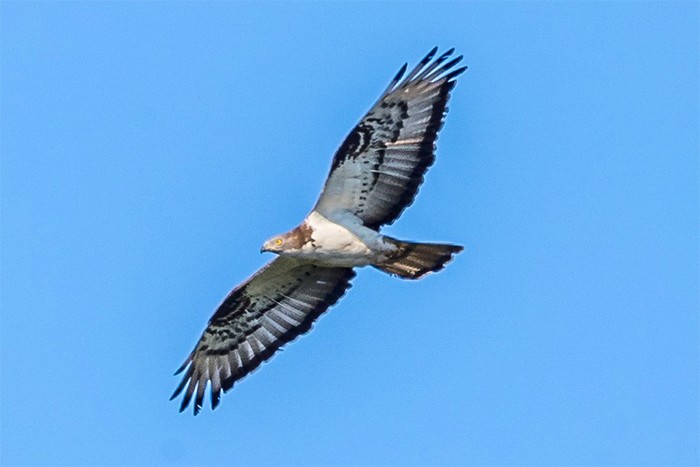Akritas Cape: Greece’s Hidden Gateway for Soaring Raptors
A major migration corridor for European Honey Buzzards has been discovered in southern Greece, challenging long-standing assumptions about Mediterranean flyways

Discovery of a new raptor bottleneck in the Balkans
A new study has revealed a previously undocumented migration hotspot for soaring birds at Akritas Cape, at the southern tip of Greece’s Peloponnese peninsula. During a 15-day survey in late summer 2024, an impressive 11,790 raptors were recorded, of which 11,606 were European Honey Buzzards (Pernis apivorus). This remarkable concentration places Akritas alongside the Straits of Gibraltar and Messina as one of the three most significant Mediterranean migration corridors for the species.
The findings suggest that thousands of birds breeding as far afield as Finland and Hungary converge on this narrow landform before undertaking a daunting 420 km sea crossing to Libya. Despite being a critical ecological bottleneck, Akritas Cape had remained entirely overlooked by ornithologists until now.
Thermals, geography and migration strategy
Many soaring birds rely on thermals - rising columns of warm air over land - to gain altitude during migration. These conditions are typically absent over water, so raptors seek out geographical pinch-points that minimise sea crossings. In Europe, this has resulted in a network of well-studied flyways at narrow Mediterranean crossings such as Gibraltar, the Bosphorus, and Messina. But the complex topography of the region continues to yield surprises.
The hilly peninsula of Akritas, surrounded by olive groves and shrubland, benefits from prevailing northerly winds in August and September. The site’s location appears to funnel large numbers of Honey Buzzards southwards at the onset of autumn migration. Remarkably, 93% of all birds were observed between 9am and midday, when thermal conditions are strongest. The single-day peak occurred on 1 September, with 2,441 individuals passing through.
Why now? Satellite data and a surge in raptor research
The study combined field counts with satellite tracking data from tagged Honey Buzzards breeding in Finland and Hungary. These confirmed that birds passing Akritas were en route to Africa via a direct sea crossing, arguably the longest undertaken by the species during migration.
Although the survey covered only the first half of the season, it did not include the expected peak of juvenile Honey Buzzard migration in mid-September, suggesting actual totals may be far higher - potentially exceeding 15,000 birds per season.
In recent decades, new technologies and sustained monitoring have revolutionised understanding of raptor migration. Sites such as Antikythira and the islands between Sicily and Tunisia were only recognised as hotspots in the last 30 years. Akritas now joins this list - and immediately ranks among the most significant.
Wind farm threat raises alarm
Despite its ecological importance, the future of Akritas Cape is uncertain. A wind farm project, consisting of six turbines each 180 metres tall, has been proposed for the very area where Honey Buzzards gather and circle before committing to their sea crossing.
This raises serious concerns not only about potential collisions, but also about disruption to thermals essential for gaining altitude. Such functional habitat loss - where birds are deterred from using an area even if no physical barriers exist - has been documented elsewhere, with turbines limiting soaring birds’ ability to reach safe migratory heights.
Raptors reluctant to cross water may linger near the coast, further increasing collision risk. Field teams also recorded birds roosting close to the proposed turbine locations.
A call for conservation and transnational planning
The authors argue that Akritas Cape now clearly qualifies as an Important Bird and Biodiversity Area (IBA), meeting the global threshold for raptor concentrations. They stress that planning decisions must reflect the site’s significance, particularly given the transboundary nature of bird migration.
Honey Buzzards using Akritas come from across Europe - from the boreal forests of Finland to the Carpathians of Hungary - and their survival depends on this single point in Greece remaining intact and flyable.
With Greece experiencing a rapid expansion in wind energy, the researchers urge a more strategic approach to siting turbines, one that avoids key flyways and ensures both renewable energy and biodiversity can coexist. In doing so, they echo a growing consensus: that the green energy transition must not come at the cost of migratory bird conservation.
July 2025
Share this story







